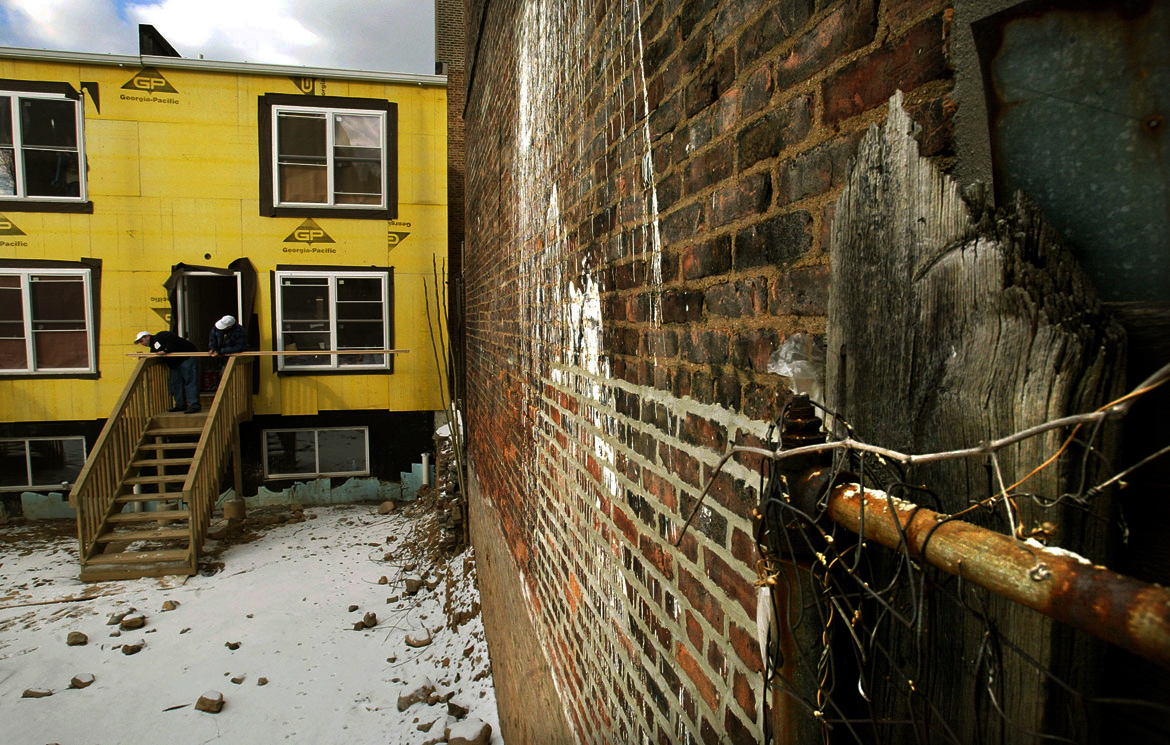Poverty and Progress in New York VIII: Welfare Trends, 2013-15

The Manhattan Institute's "Poverty and Progress in New York" series tracks the effects of Mayor de Blasio’s policies on lower-income New Yorkers. This paper, the eighth installment, examines public-assistance trends during 2013–15.
- With the exception of food stamps, more New Yorkers now depend on some form of public assistance than at the start of the de Blasio mayoralty.
- The 12-month job-retention rate—which measures the percentage of former welfare recipients who remain employed (and thus avoid returning to public assistance) for at least one year—fell from 75 percent in 2013, Mayor Bloomberg’s final year in office, to 64 percent in 2015.
- In December 2015, the number of safety-net assistance recipients was up 14 percent compared with December 2013; cash-assistance enrollment was up 7 percent; and food-stamp enrollment was down 9 percent.
Donate
Are you interested in supporting the Manhattan Institute’s public-interest research and journalism? As a 501(c)(3) nonprofit, donations in support of MI and its scholars’ work are fully tax-deductible as provided by law (EIN #13-2912529).